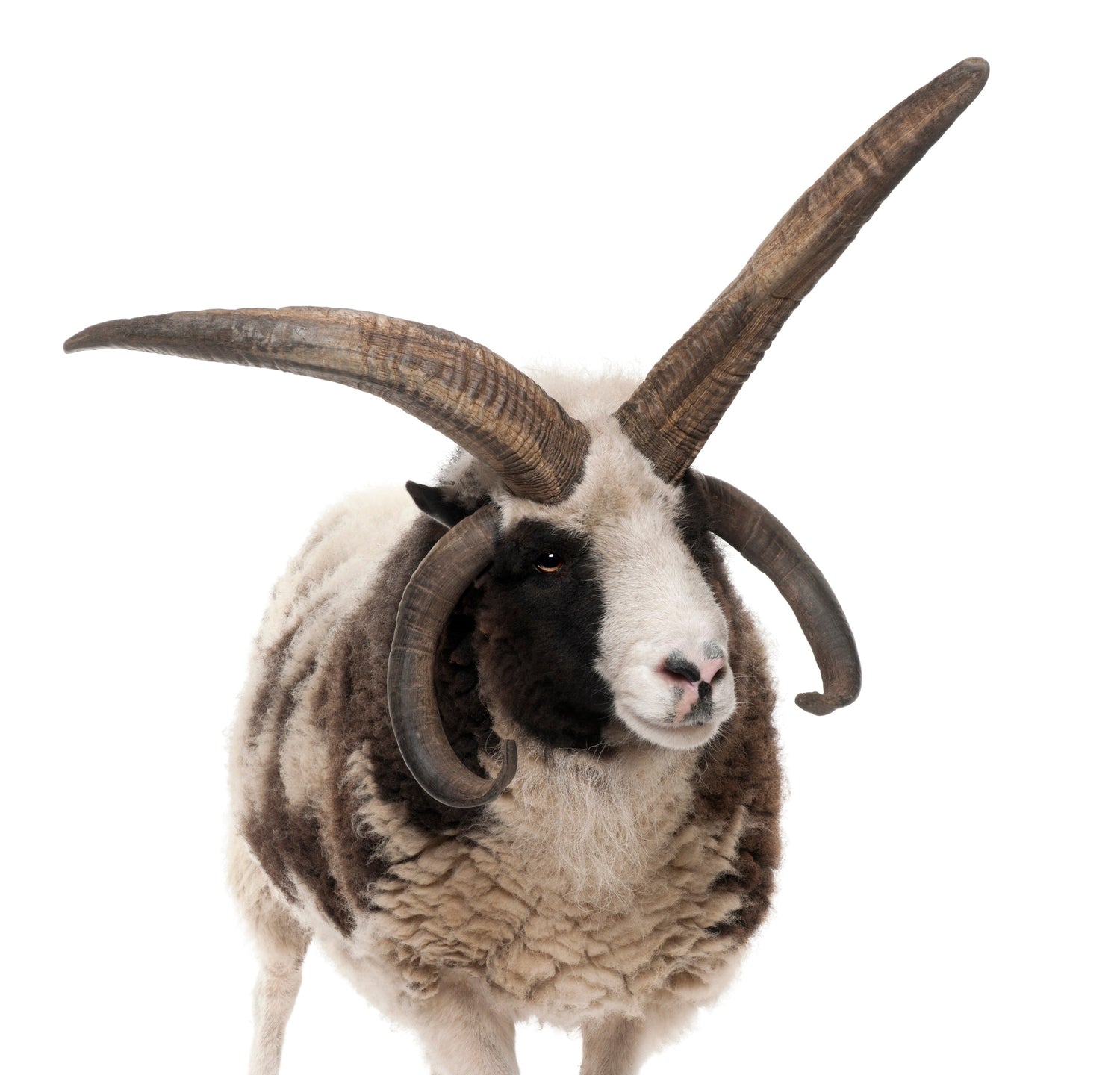Wools of the UK: Jacob

Sometimes referred to as sheep brought over by the Vikings, the Jacob breed has become a favourite for smallholder and crafters being both docile in temperament and fantastic fleece growers.
Colour
The Jacob’s piebald (black/brown and white) fleece means that you can find white, brown and also grey fibre all originating from one sheep!
Staple Length
85 -95mm
Micron Count
33 – 35mic
Country of Origin
United Kingdom
History
There are stories of them being brought over with the Vikings, but these don’t have much evidence. In fact, most evidence points from them being more closely linked to South African animals than Scandinavian ones!
According to the Jacob breed society, the name of the sheep is from a Old Testament story where Jacob bred the speckled and coloured sheep from his uncle’s flock and moved the flock with him when he travelled to Egypt. The breed is said to have spread following this, and was then imported to the UK in the 1700s, when it was used to graze estates as it was not only aesthetically pleasing but also a good supply of meat and wool.
The flock book was formed in the 1960s and at this point the sheep was classed as a Minority Breed by the RBST. Since then it has grown in popularity and spread to the point where the breed is no longer at risk.
Uses
This highly versatile fibre has been used from everything from kitting and crochet to felting and weaving. The fleeces are also becoming increasingly popular for felting into fibre-backed rugs (the vegetarian alternative to sheepskins). The fibre is dense and springy, making it perfect for projects such as jumpers or hats. The natural shades are very popular for felting projects that require neutral, warm tones.
Did you know…The breed standard says a Jacob should have either 2 or 4 horns, but in some cases they can have 6!
You can find our Jacob fibre, yarns and pre-felt on the website here.







